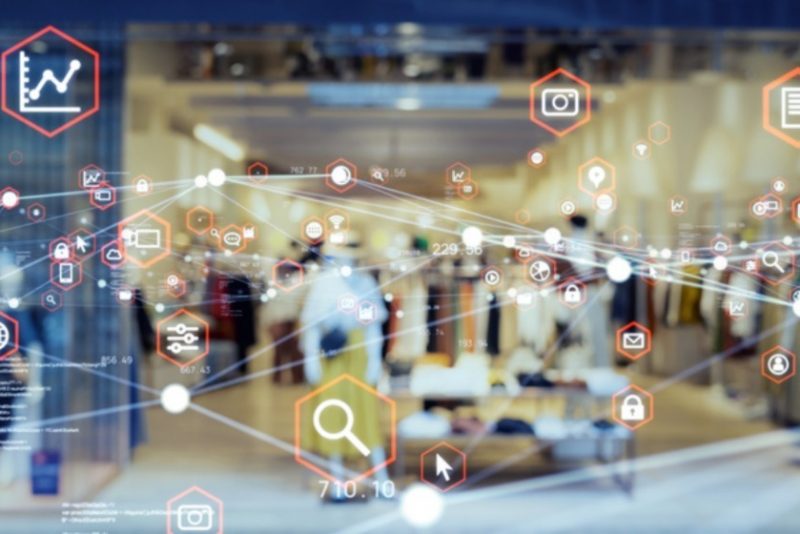Data is becoming any organisations’ most valuable asset, but with everyone producing more and more data by the minute, it’s hard to know how to make the most out of it. Many organisations recognise the importance of becoming a data driven enterprise, and in doing that, can make better and quicker business decisions.
While ambitions of becoming data driven are achievable, many organisations struggle to consolidate their data due to siloed, divided business units such as store and online and disparate systems that were never designed to talk to each other. Companies in the Retail industry are no exception, with profits margins already slim at an average of 5-7.5% and heading in the wrong direction, they need to adapt and become data driven. Their utopia is to create a 360 view, single source of truth of the customer to be able to transform a customer’s journey end-to-end. To gain these better insights, Retailers need to be able capture the right data, process it at the right speed and take appropriate actions.
How can retailers make better business decisions?
It’s no secret that there’s a lot of competition in the retail industry, from high street retail, to ecommerce and omnichannel shopping experiences, it’s never been tougher to stand out from the crowd and provide a unique experience for your customers. With new channels of communication and ways to shop emerging all the time, retailers are keen to make purchasing with them as consistent as possible to future proof their organisation.
Retailers are always looking to drive more revenue, improve customer experience, boost customer loyalty, and increase margins, but to do that, they need reliable data. They also face the challenge of siloed data spread across their estate from POS systems, weather reports, excel sheets, to CRM and finance systems, and sensors from the physical world. They need to combine and access to all of this data in real time to analyse and make better decisions for both their internal users and customers.
Some examples of enabling better business decisions that would ultimately increase margins and, customer experience are stock replenishment and supply chain management, customer sentiment analysis and fraud detection.
Why should you consider a modern data platform?
Many retailers are investing in resource or skills to deliver a modern data platform to lay the foundations of their data strategy and enable them to become a data driven enterprise. A modern data platform can consume data in any format, from anywhere and process it in a central location so you can start generating business intelligence analysis when you’re collating data from weather feeds, footfall from a shop floor or sentiment data from social media feeds.
What’s more, a modern data platform can stream data in and drop it as soon as it’s finishes analysing it. This means the process is entirely fluid and constantly changing so as a result you effectively get a virtualisation layer that consolidates all of these different pots of data into one logical construct. And today, this is more important than ever because that’s what gives you the advanced functionality to move from reactive and predictive analytics to prescriptive analytics enabling you to direct your organisation in the direction you want it to go.
What does this mean for your teams and your customers?
Improving the accessibility and reliability of your data empowers your internal users to deliver intelligent actions that improve customer engagement, increase revenue and lower cost. For example, a modern data platform provides real-time visibility of accurate levels of stock availability across your organisation which is key to achieving a high level of speed and accuracy in fulfilment execution.
Not only that, but you can also securely expose key data assets to users across the enterprise in an actionable and up to date format to provide a single point of truth and enable data driven process automation.
As for your customers, they can shop knowing their chosen retailer is committed to providing them with a seamless shopping experience, wherever ensuring accurate stock levels for click and collect or capabilities, powered by AI, to make meaning product recommendations, you can actively monitor and predict shifts in customer behaviour to support ongoing progress in autonomous customer support and engagement.
Written by Megan Corlett, Industry Lead for Retail, Transport & Hospitality





